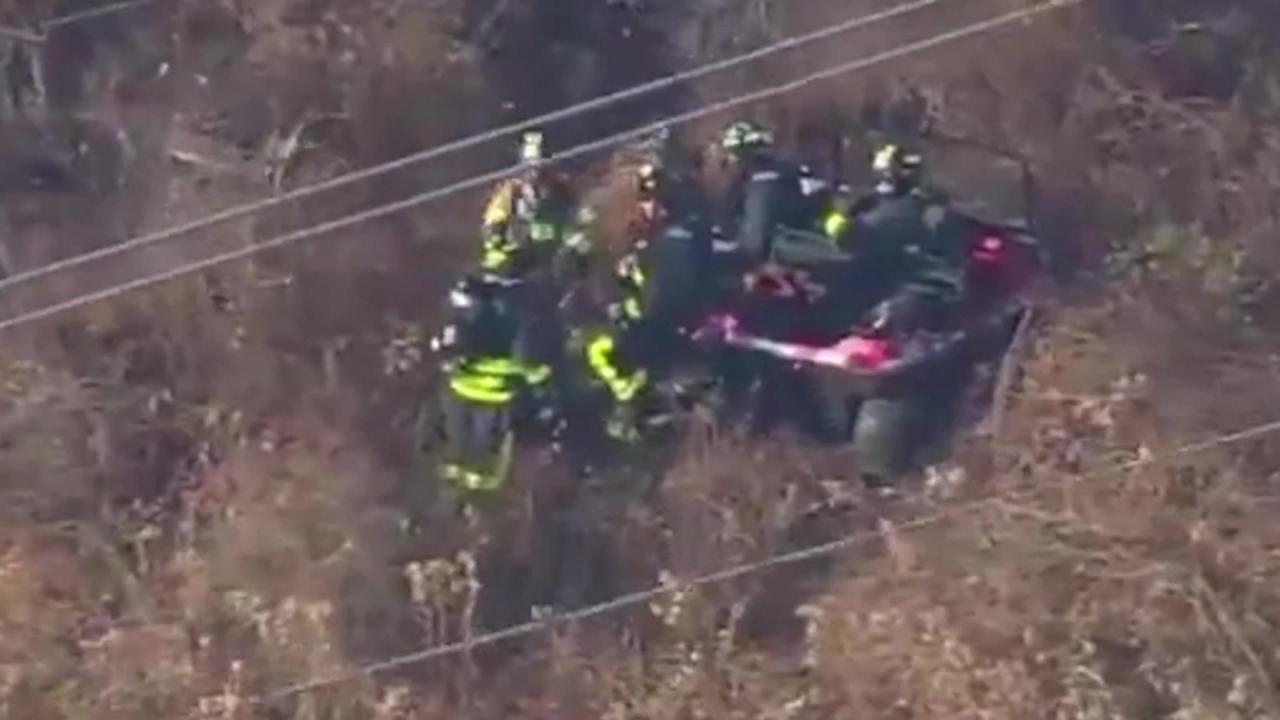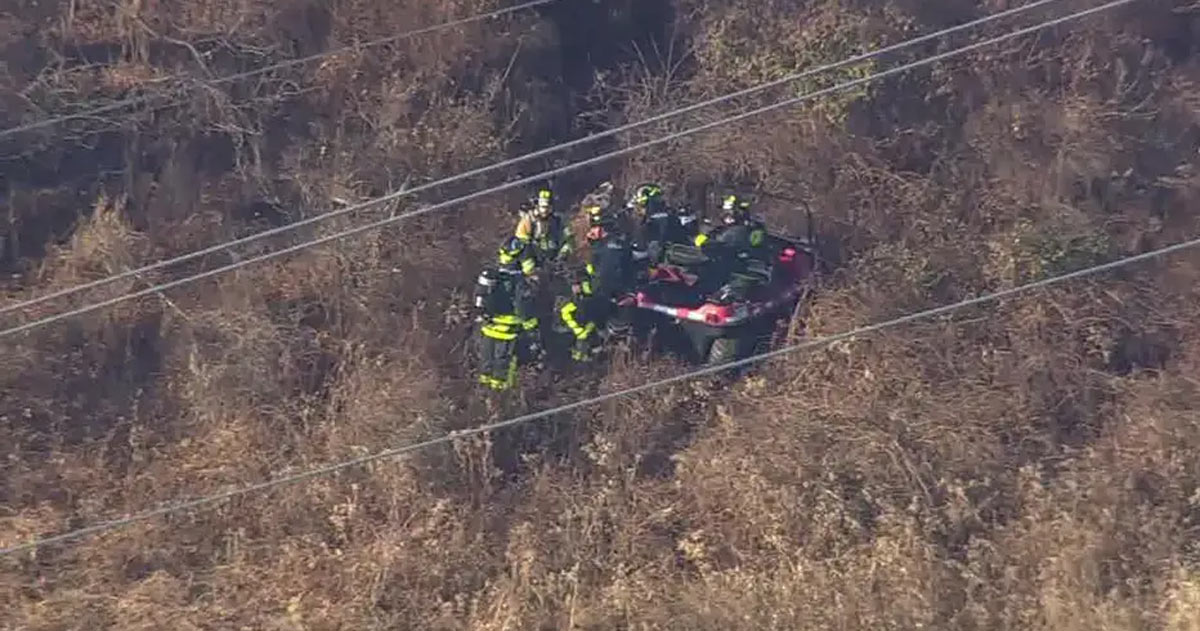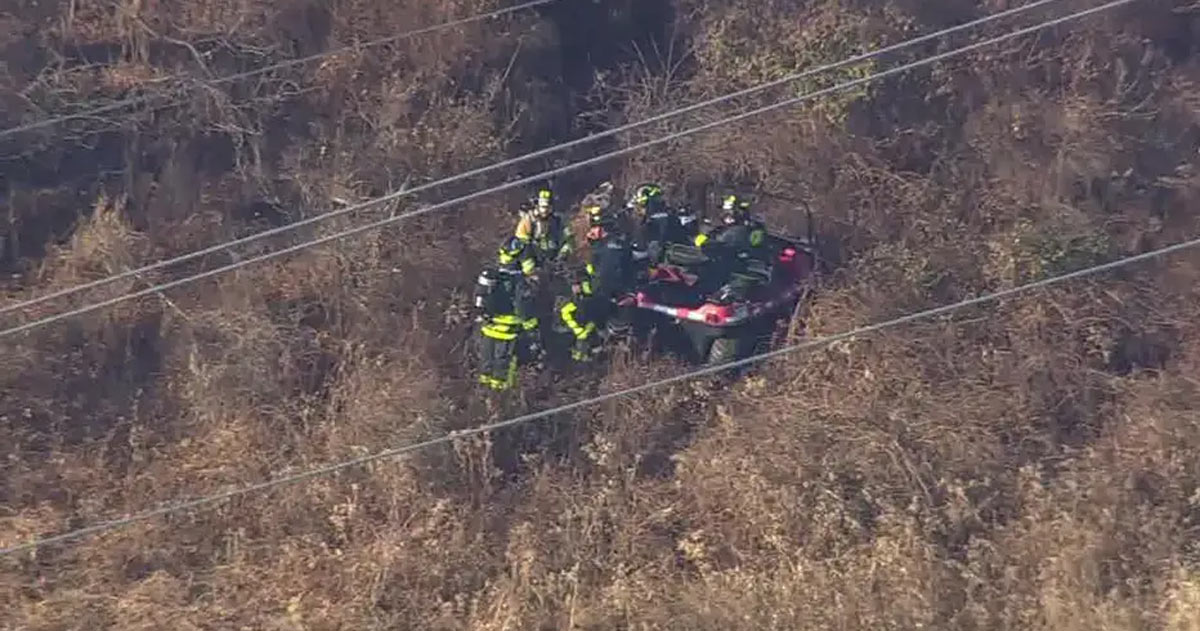Drone crashes in New Jersey present a compelling case study in the evolving landscape of unmanned aerial vehicle (UAV) operation. This examination delves into recent incidents, exploring the diverse factors contributing to these crashes, from mechanical malfunctions and pilot error to the impact of weather and regulatory compliance. We will analyze the consequences – ranging from property damage and injuries to broader economic implications – and explore potential solutions for enhancing safety and preventing future occurrences.
The analysis will cover a range of drone types, from recreational models to commercially used aircraft, highlighting the unique challenges each presents. Furthermore, we will compare New Jersey’s regulatory framework with other states, identifying best practices and areas for improvement. This comprehensive overview aims to provide a clear understanding of the current state of drone safety in New Jersey and propose proactive measures for mitigating future risks.
Recent Drone Crashes and Their Impact in New Jersey

The increasing popularity of drones in New Jersey, for both recreational and commercial purposes, has unfortunately led to a rise in reported incidents involving drone crashes. This article examines recent drone crashes in the state, exploring their causes, consequences, and potential preventative measures. We will analyze data to understand the contributing factors and discuss the crucial role of safety regulations and technological advancements in mitigating future incidents.
Recent Drone Crash Incidents in New Jersey
The following table summarizes significant drone crashes in New Jersey over the past five years. Note that this data may not be entirely comprehensive due to the limitations of publicly available information on all drone incidents.
| Date | Location | Drone Type | Brief Description |
|---|---|---|---|
| October 26, 2022 | Asbury Park | DJI Mavic 3 | Lost control due to strong winds, crashed into the ocean. |
| June 15, 2023 | Trenton | Autel EVO II | Mechanical failure mid-flight, resulting in a crash into a residential area. No injuries reported. |
| March 8, 2024 | Atlantic City | Unknown | Crashed near the airport, prompting a temporary airspace closure. Investigation ongoing. |
| September 2, 2024 | Newark | DJI Phantom 4 | Pilot error; drone collided with a building. Minor property damage. |
Causes of Drone Crashes in New Jersey
Drone crashes in New Jersey stem from a variety of factors, often intertwined and not mutually exclusive. Understanding these causes is paramount for implementing effective safety measures.
Pilot error, encompassing issues such as inadequate training, lack of situational awareness, and poor judgment, frequently contributes to crashes. Mechanical failures, including malfunctioning motors, battery issues, or GPS glitches, also play a significant role. Adverse weather conditions, such as strong winds, heavy rain, or snow, can easily overwhelm even experienced pilots and lead to accidents. Finally, non-compliance with FAA regulations, including flying in restricted airspace or exceeding operational limits, significantly increases the risk of crashes.
Recreational drone users may be more prone to pilot error due to less rigorous training and a lack of professional oversight, while commercial drone operators face different challenges, such as pressure to meet deadlines and complex operational scenarios. However, mechanical failures and adverse weather conditions affect both groups equally.
Impact of Drone Crashes in New Jersey
The consequences of drone crashes can be substantial, ranging from minor property damage to significant injuries and even fatalities. Environmental damage is also a possibility, particularly if a drone crashes into a sensitive ecosystem.
For example, a drone crashing into a power line could cause a widespread power outage, affecting businesses and residents. A crash near an airport could disrupt air traffic, leading to delays and cancellations. The incident in Trenton (see table above) exemplifies a scenario where a crash, although causing no injuries, resulted in property damage and required costly repairs.
Recent drone crashes in New Jersey highlight the importance of safe payload management. Understanding optimal weight distribution is crucial, and resources like information on remington drone loads can offer valuable insights into best practices. Ultimately, preventing future incidents requires careful consideration of these factors to ensure responsible drone operation in the state.
- Repair costs for damaged property (drone, buildings, infrastructure)
- Insurance claims and legal fees
- Potential medical expenses for injuries
- Loss of productivity due to service disruptions
- Economic losses from tourism disruptions (e.g., airport closures)
Safety Measures and Regulations

Safe drone operation requires a multi-faceted approach involving both individual responsibility and robust regulatory frameworks. Strict adherence to FAA regulations is essential, including obtaining proper certifications and operating within designated airspace.
Safety guidelines should emphasize pre-flight checks, weather awareness, maintaining a safe distance from obstacles and people, and understanding airspace restrictions. New Jersey’s drone regulations, similar to those in other states, generally align with federal FAA guidelines, focusing on pilot certification, registration, and operational limits. However, specific local ordinances might impose further restrictions depending on location (e.g., proximity to airports or sensitive areas).
Compared to other states, New Jersey’s regulations are largely consistent, but variations might exist regarding specific airspace restrictions or permit requirements for commercial operations. For instance, some states might have stricter rules regarding nighttime flights or operations near critical infrastructure.
Future Implications and Preventative Measures

Technological advancements offer promising solutions for enhancing drone safety. Features like advanced obstacle avoidance systems, improved GPS accuracy, and fail-safe mechanisms can significantly reduce the likelihood of crashes. Furthermore, the development of more robust and reliable drone components, including batteries and motors, can minimize mechanical failures.
Improving drone pilot training and certification programs is crucial. More comprehensive training programs, incorporating advanced flight techniques and emergency procedures, would better prepare pilots to handle unexpected situations. Regular refresher courses and simulations can also enhance pilot skills and awareness.
Hypothetical Scenario: Imagine a scenario where a drone, equipped with an advanced obstacle avoidance system, is approaching a building in strong winds. The system detects the building and automatically adjusts the drone’s trajectory, preventing a collision. The image would depict the drone smoothly navigating around the obstacle, its sensors highlighting the building in red, and a green path indicating its adjusted flight path.
The pilot, alerted by the system, maintains visual contact and makes minor adjustments to maintain a safe distance. This illustrates how technology, combined with competent piloting, can mitigate risks.
Ultimately, preventing drone crashes in New Jersey requires a multi-faceted approach. This includes stricter enforcement of existing regulations, improved pilot training programs incorporating advanced simulation technologies, and continuous advancements in drone technology itself. By understanding the causes of past incidents, learning from their consequences, and proactively implementing preventative measures, we can work towards a safer and more responsible drone ecosystem within the state.
A collaborative effort involving regulatory bodies, drone operators, and technology developers is crucial to achieving this goal.
Detailed FAQs: Drone Crashes In New Jersey
What is the most common cause of drone crashes in New Jersey?
Recent drone crashes in New Jersey highlight the need for robust safety measures. Understanding the capabilities of high-quality camera systems is crucial for both drone operation and incident investigation; consider the advanced features of the port dover camera , for instance. Improved camera technology could potentially aid in preventing future drone crashes in New Jersey by providing clearer footage for analysis.
While data varies, pilot error, including loss of control and poor judgment, is frequently cited as a major contributing factor.
Are there specific no-fly zones in New Jersey for drones?
Yes, airspace restrictions exist near airports, sensitive infrastructure, and other designated areas. Consult the FAA’s B4UFLY app or website for up-to-date information.
What kind of insurance is recommended for drone operators in New Jersey?
Liability insurance is strongly recommended to cover potential damages or injuries caused by a drone crash. The specific coverage needed depends on the type and use of the drone.
What are the penalties for violating drone regulations in New Jersey?
Penalties can range from warnings and fines to legal action, depending on the severity of the violation. Consult the FAA and New Jersey state regulations for detailed information.
